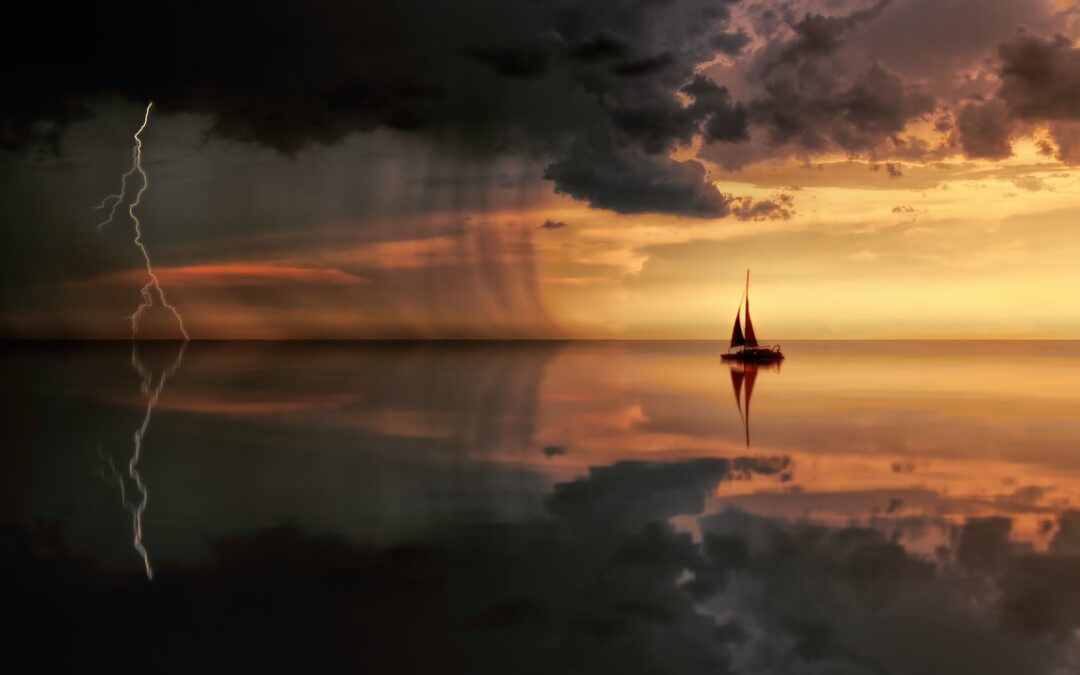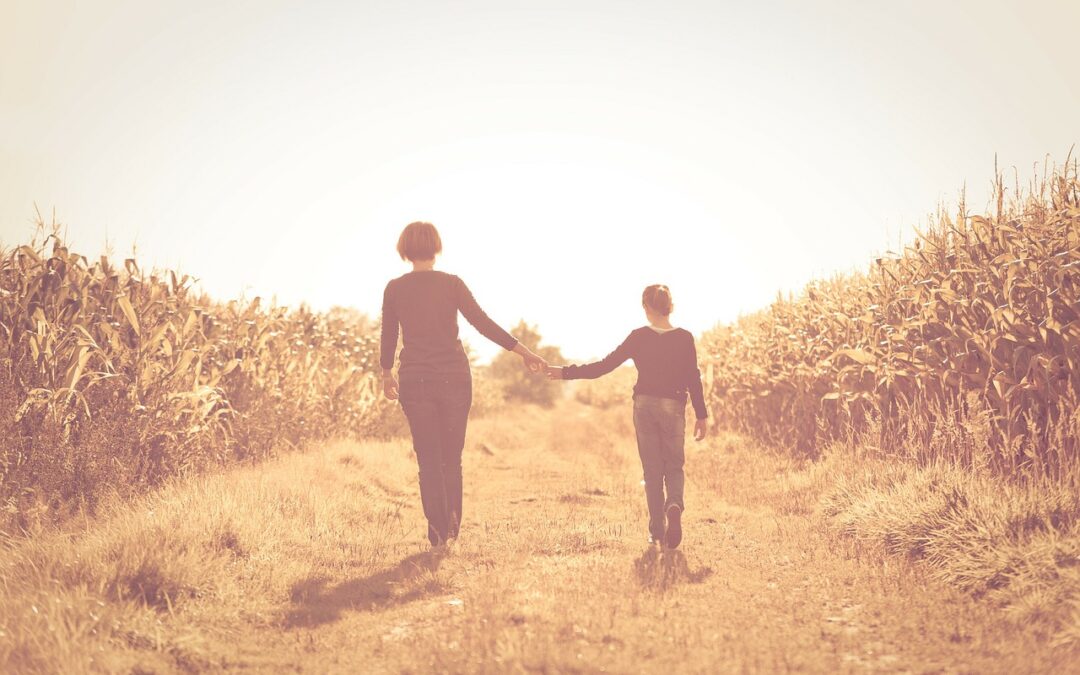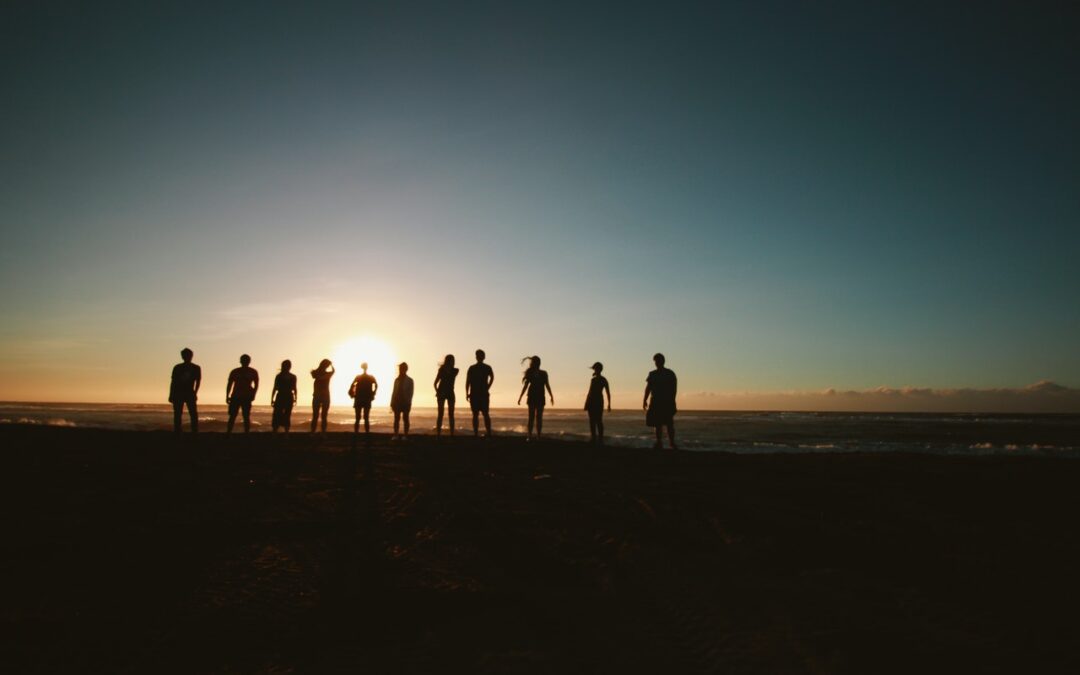
Adrift in A Sea of Grief
I am adrift in an endless sea of grief.
As I float along, the world continues to go on around me as if I am walking among the bustling crowds. But my feet haven’t touched dry land since September 30, 2009. The day my 4-year-old daughter drowned, I was unwillingly thrust into this watery journey.
Without warning — and in a matter of moments — my daughter’s sudden death unleashed a monstrous tsunami of indescribable pain. It was so huge and so dense, it blocked out the light of the sun. In complete darkness, it crashed down upon me and destroyed life as I knew it. Then the undertow dragged me kicking and screaming out to the middle of a deep sea of grief where a violent storm of emotions raged around me.
For months on end, the giant waves of grief would crash over me and shove my body under the water where I choked on anguish and despair.
Then the undercurrent of that same wave would spit me back out. Forcing me to tread water until the next waves of emotions pummeled my weakened body. It felt endless and torturous.
I thought many times it would be easier if the water would take my own life in the way it took my daughter’s. But for some unknown reason to my wearied mind, my body just continued to go through the motions and fight for survival.
Without really knowing how, my flailing hands began grabbing lifelines that had been thrown my way. These were lifelines of love and support from family and friends. They came from grief counselors and other bereaved parents. Parents who had already learned how to survive in this very same storm, and whose compassion inspired them to reach out and help others through this treacherous journey on the sea of grief.
Buoyed by their love and support, I began weaving these lifelines together to build a makeshift raft. One that could give my aching body a rest from the constant struggle to stay afloat.
As my raft of support took shape, the waves seemed to come a little less often and didn’t feel quite as intense.
Of course, they still came. And when they did, they still crashed over me and left me feeling horrible and defenseless. Yet, despite my continued pain, my body was able to start the healing process now that I had a raft to cling to.
I slowly started healing. And I began to focus my growing energy towards weaving together more lifelines into a bigger and stronger vessel. One that could better protect me from the stormy sea. I discovered that the more I shared my feelings with those willing to listen, the longer and more plentiful my lifelines became. And it provided more material to build with.
As my raft began transforming into a sturdier vessel of support, I got better at understanding how to navigate the waves of emotions in ways that didn’t feel so debilitating as before.
I began to see that trying to steer clear of the waves altogether only made them more dangerous and damaging. Every time I tried to outrun the wave, I ended up getting caught in the wave’s impact zone. Meaning, the place where it has the most power to pull me under and hold me within the churning currents coming from every direction. This is where grief is the most intense and agonizing.
So instead of trying to avoid the waves altogether, I decided to learn to ride them as a surfer does. I embraced the understanding that these waves of emotions were temporary moments of time that would eventually end.
Over and over again, I practiced finding my balance to ride across the tube of each wave. The place where the water was smoother and had less chance of pulling me under.
It wasn’t easy; learning anything new and outside your comfort zone can be difficult and challenging. But when you keep trying, you learn new techniques through trial and error. And eventually, you get better at it.
Once I became better at surfing the waves of emotions, I was able to ride them to a place on the sea of grief where the storm didn’t constantly rage.
In calmer water, I looked for the land I was taken from. I still desperately wanted to go back there and return to everything I once knew.
But as I scanned the endless horizon, I came to understand that the loss of a child is so profound, there is no going back.
All we can do as bereaved parents is set a new course. We must go to uncharted waters where we must learn to exist in a world without the children we lost.
These days, the water I float on is mostly calm. I’ve learned to appreciate that there is an abundance of beauty and love in this new world I live in. My boat is now large and sturdy, and I can steer it in any direction I want.
Over time, I’ve been able to find water shallow enough where I can touch and walk along the sandy bottom and easily interact with the world of dry land. Even if it is within the confines of the sea of grief.
Unfortunately, no matter how far I’ve come and how many new positive experiences I can create, I always feel the water as it continually blows across my face and body. It is a constant reminder that I will never leave the sea of grief.
Most days the wind that blows the water is a gentle breeze. Other times, a storm begins to brew. The wind grows stronger, and the pain of the stinging, salty water becomes more noticeable and intense. Some storms are predictable each year. Like the time leading up to the anniversary of my daughter’s death. But mostly the storms are random and unexpected.
I can’t keep the storms from coming or completely navigate away from them. But I can sail through them knowing they are only moments in time. And just as they have a beginning, they always have an end.
As I sail along this sea of grief, I will continue to throw lifelines out to those I come across just starting out on their difficult journeys. Thankfully, I’ve come to a point in time where I have plenty to spare.
For those of you reading this who are treading water in the constant waves of emotions, know that you are not alone. You’ll learn to build your own vessel. You’ll find your way to calmer waters. And if you only look, you’ll find plenty of others to help and guide you on your way.





 This website was inspired by the memory of Margareta Sol Kubitz in hopes of helping others work through the pain of grief.
This website was inspired by the memory of Margareta Sol Kubitz in hopes of helping others work through the pain of grief.